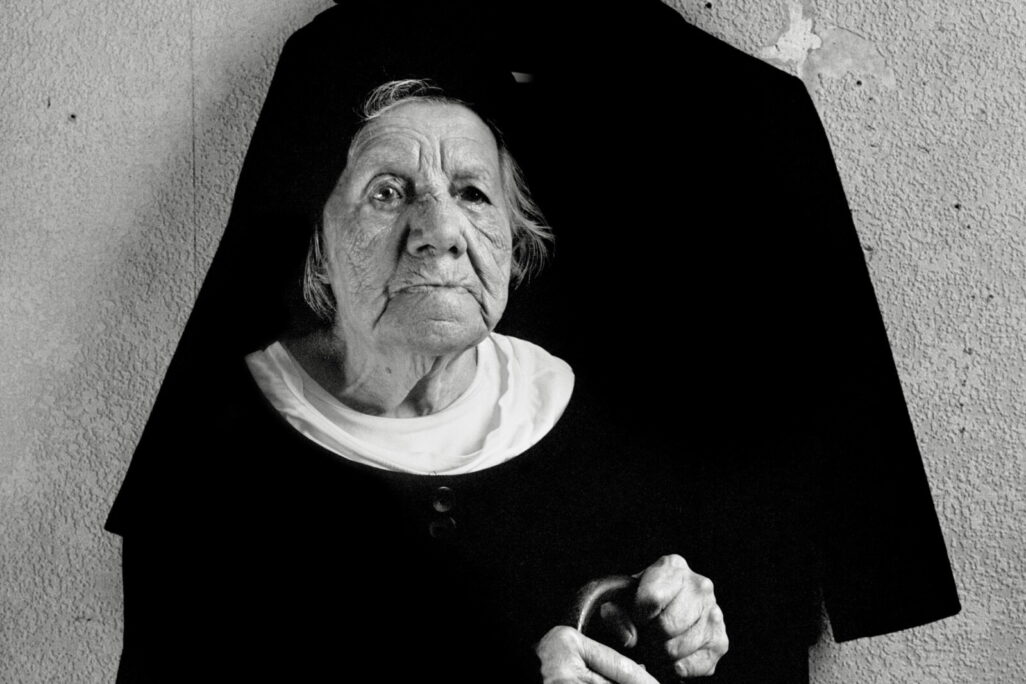
Photographer Raed Bawayah defines himself as a citizen of the world. He was born in 1971 in the village of Qatanna near Jerusalem, but since 2006 he has been living in Paris, and travels around the world. "I walk around without an identity," he says. "I'm not Palestinian, not French, not Chinese. I don't know what I am.
"The line that connects my pictures are the people," says Bawayah. "Using my camera, I try to bring the people from the shadows of the fringes of society, out under the spotlight of today's modern society, to the museum, to the gallery and to the festivals."
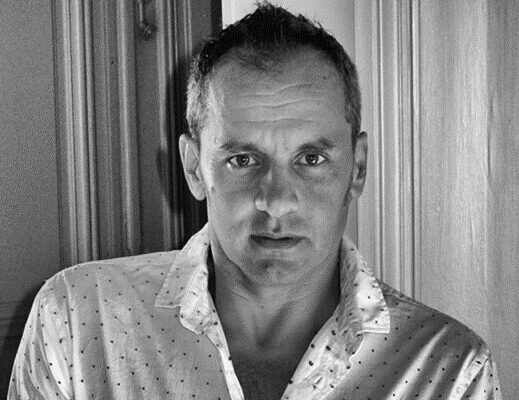
In his childhood and youth, he worked as a shepherd, a construction worker and a market seller in the Old City of Jerusalem, where he was exposed to photography for the first time. In the early 2000s he studied at the Musrara School of Photography in Jerusalem. Upon completion of his studies, he was accepted for a residency and a creative scholarship at the "Cité Internationale des Arts" artists residency in Paris, where he has lived ever since. Davar interviewed Bawayah from Paris ahead of the opening of his exhibition at the Eretz Israel Museum in Tel Aviv.
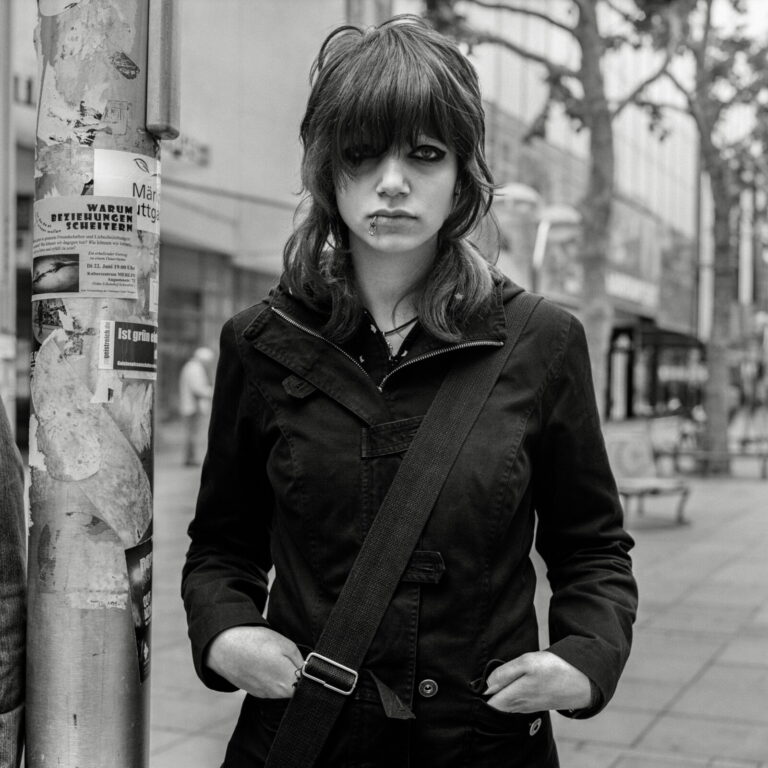
Why do you mainly photograph people who live on the margins?
"These are people that society doesn't see, but they exist and have their dignity. It is society that pushes them out to the margins. As an artist, I bring them to the center stage and show the world that they exist. Anyone who comes to the museum will have to see them now."
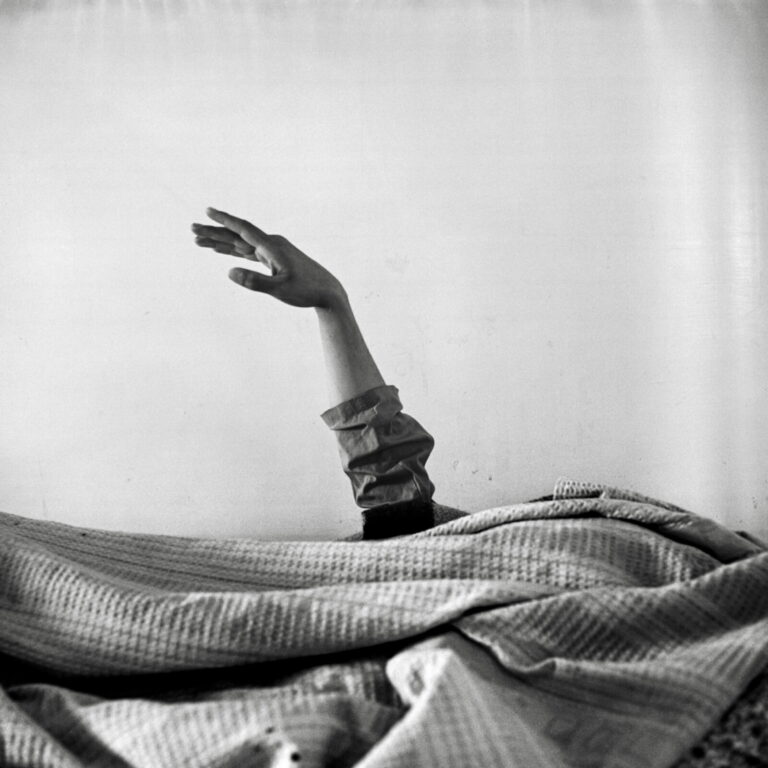
How does your art reflect this worldview?
"Art is a window that opens up the world in front of people and shows them how the other half lives, shows them the invisible people that society doesn't want to see. When you look at a picture, in one way or another you look at yourself. It reflects us as human beings and we see ourselves in the photographs. We engage with them because photography speaks a universal language.”
Are you a better photographer because of your life story?
“I have become the person I am through my photography. I have my own stamp on these works. Photography for me is a social experience, I learn many things through my subjects, through my journey. It touches on my life growing up in the village as a poor child, and this is also what built my artistic personality.”
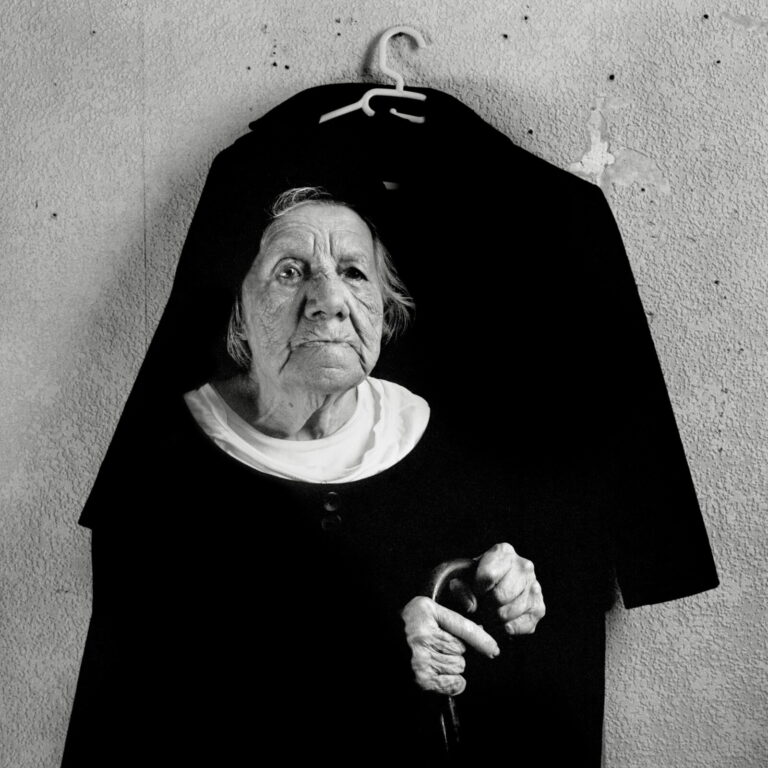
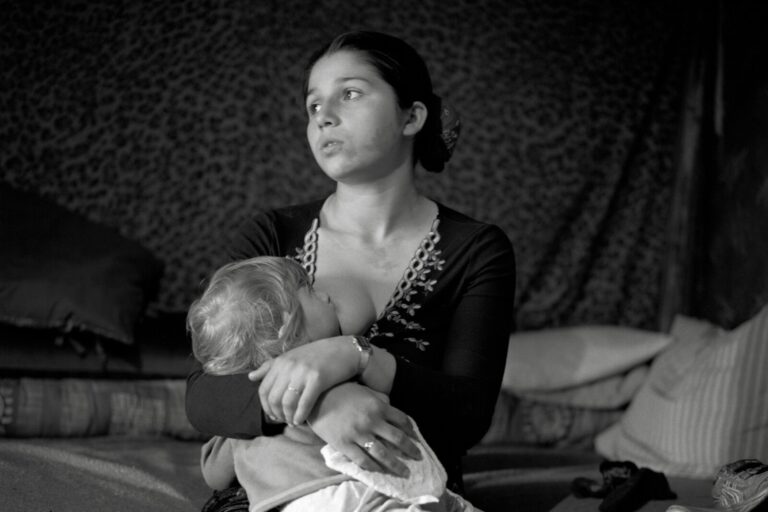
As someone who has moved from one country to another, do you have a place that you feel most at home?
"I chose to live in France. I feel like I was born here. I love my family and Israel, but my life is here. I am a photographer of the world. For instance, when I photograph farmers in Romania, I am Romanian."
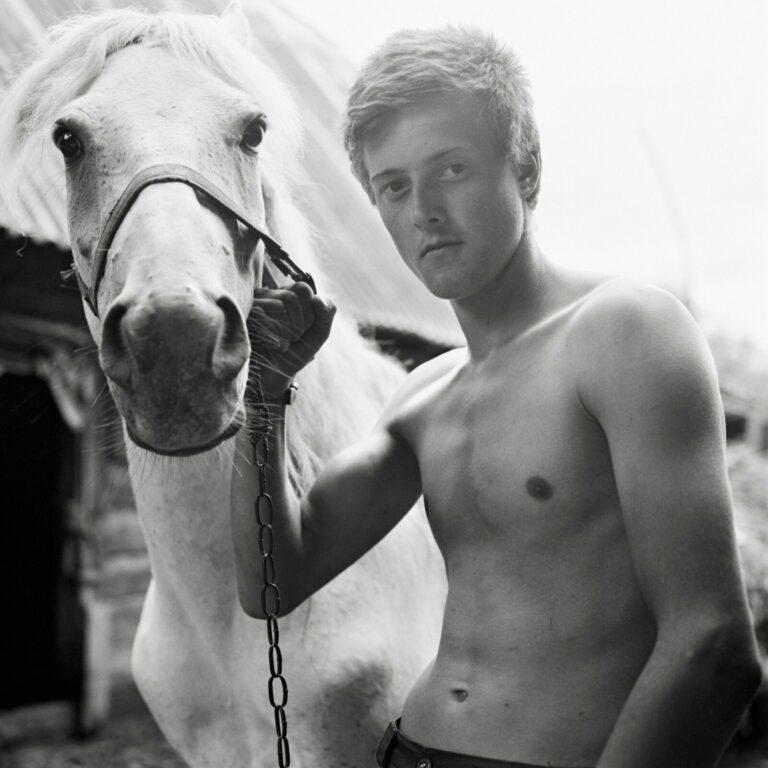
The photographs in the exhibition are presented by region, and the subjects appearing in them include undocumented Palestinians working in Israel and Palestinian police officers, mental health professionals, coal industry workers, subsistence villagers, immigrants, Romani people, homeless people, marginalized youth, sex workers and more – those who have been “othered” by society.
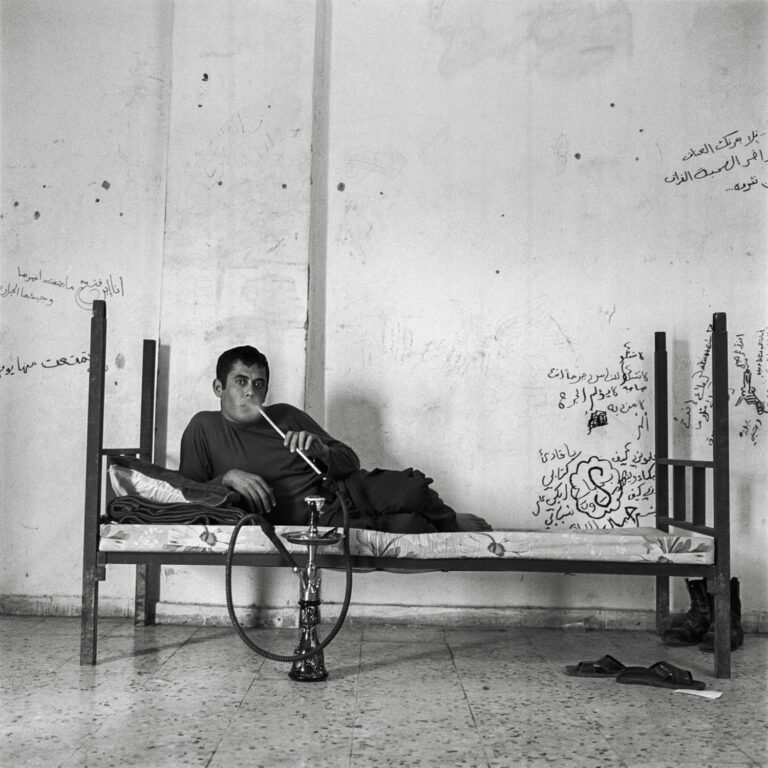
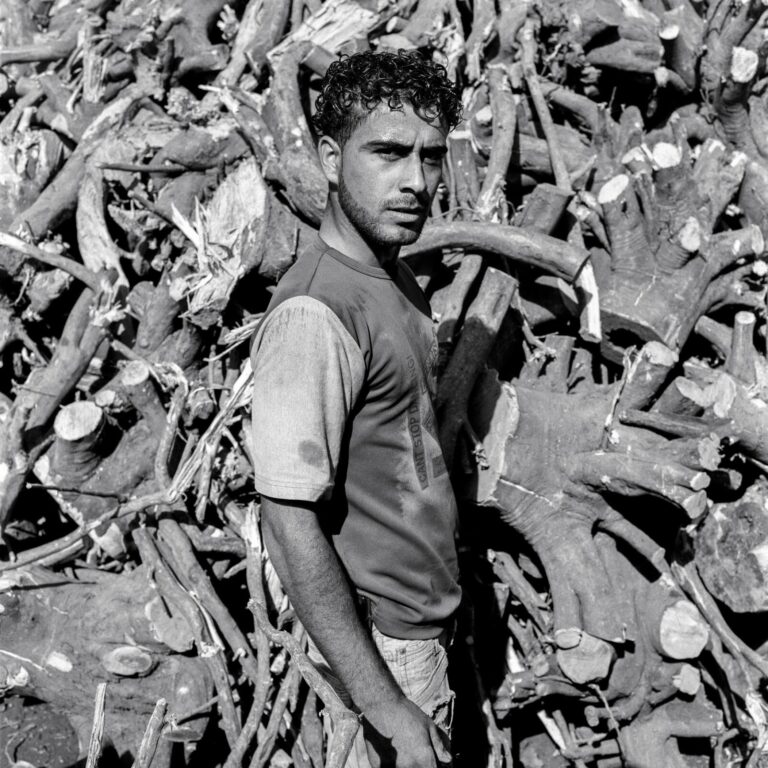
Do you have a message for your Israeli audience?
"I would encourage people to become more involved in art, because it is the strongest bridge between humans. More so than language, religion or citizenship. I want people in Israel to see the photographs and think about the Other, the poor, the farmer, the worker, the Palestinian."
The exhibition "Black is Life, White is Art" by Raed Bawayah is on display in the Alexander Pavilion for Postal and Stamp History at the Eretz Israel Museum in Tel Aviv. Exhibition curator: Guy Raz.
The museum is open Monday and Wednesday from 10:00 to 16:00, Tuesday and Thursday from 10:00 to 20:00, Friday from 10:00 to 14:00 and Saturday from 10:00 to 18:00. On Saturdays there will be tours at 11:00 and 12:30. The exhibition will close on Saturday, May 27.
This article was translated from Hebrew by Rose Angela.






